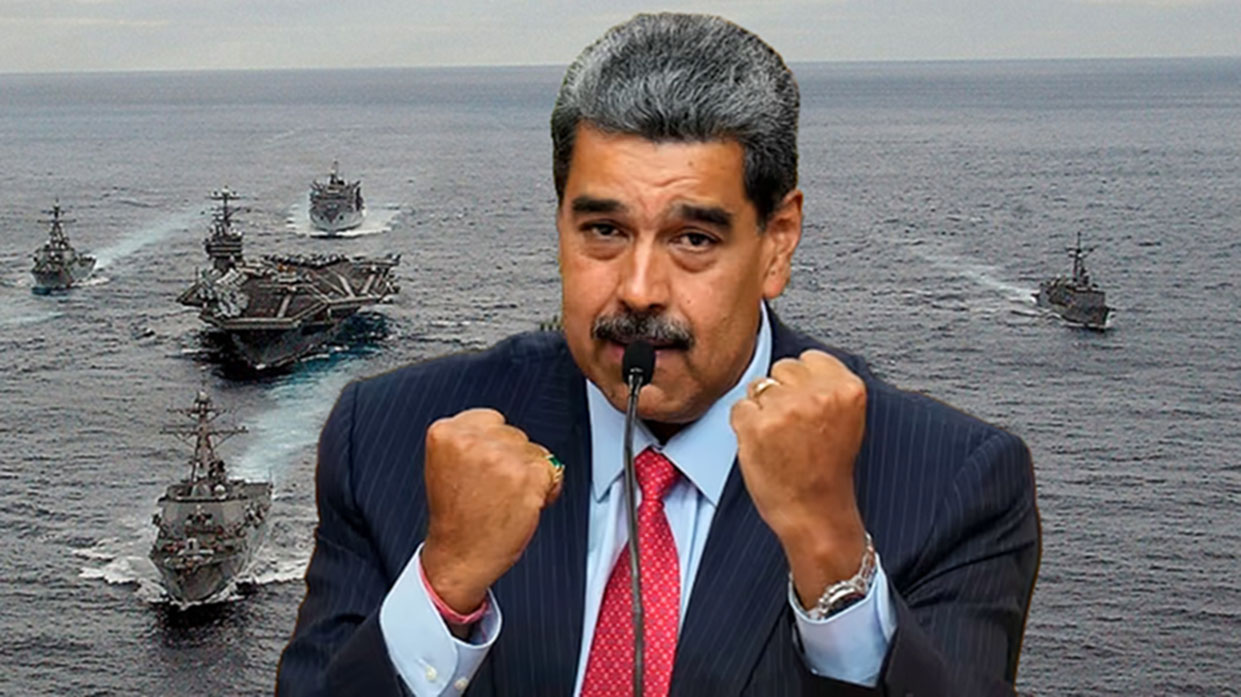In a dramatic mid-May decision, a U.S. trade court struck down President Trump’s sweeping global tariffs as exceeding his statutory authority, ruling that he had “brazenly abused” emergency powers under the International Emergency Economic Powers Act (IEEPA). The USA Tariff are on Trial. The administration immediately appealed, and an appeals court temporarily paused the block, but the underlying judgment—the first major check on Trump’s signature trade policy—stands. White House Press Secretary Karoline Leavitt slammed the ruling as “judicial overreach,” arguing that presidents must retain freedom to negotiate in chancelleries and boardrooms.² This clash between executive ambition and judicial restraint now ripples across supply chains: Canada faces renewed auto-tariff uncertainty, Europe grapples with retaliatory duties, and China must reassess its long-term trade strategy. Below, three narratives unpack the legal reasoning, Leavitt’s defense of presidential prerogative, and the global fallout. See Three Extreme’s One Truth
I. The Legal Check: Why the Tariffs Were Deemed Illegal
In V.O.S. Selections, Inc. v. United States, the U.S. Court of International Trade granted summary judgment to small-business plaintiffs on May 28, 2025, permanently enjoining enforcement of Trump’s tariffs.³ The panel held that IEEPA provides no “intelligible principle” permitting broad, indefinite tariff impositions; Congress never authorized an “unlimited tariff authority” to the president.⁴ The court further noted that the Trade Act of 1974—another statutory source—caps presidential tariff rates at 15 percent for no more than 150 days, vesting any longer or heavier levies in Congress alone.⁵
“Congress can’t delegate away its power under the Constitution’s tariff clause,” the opinion concluded, emphasizing the separation of powers.⁶
Appeal and Stay
Within 24 hours, the administration appealed to the Federal Circuit, which granted a two-week stay, allowing continued tariff collection while briefs are filed.⁷ The White House plans to press its appeal all the way to the Supreme Court if needed.⁸
II. Executive Privilege or Overreach? Karoline Leavitt’s Defense
At a packed Brady Briefing Room on May 29, Press Secretary Karoline Leavitt unleashed a pointed critique:
*“This ruling is a brazen abuse of judicial power. Presidents must have the freedom to secure America’s economy and national security through trade measures when Congress drags its feet.”*⁹
She accused “unelected judges” of inserting themselves into diplomatic negotiations, arguing that global counterparts now question America’s credibility.¹⁰
“We will not allow activist courts to railroad our trade agenda or undermine our negotiating posture in Tokyo, Brussels, or Ottawa,” Leavitt declared.¹¹
Leavitt appealed to the broad principle that the president—“elected by the entire nation”—should not be hamstrung in defending U.S. interests, citing past administrations’ use of emergency trade authority. Critics, however, see this as a power grab circumventing legislative oversight.¹²
III. Three Global Ripples: Canada, Europe, China
Canada: Auto-Sector Unease
Canadian auto makers breathed a sigh of relief as the tariffs—threatening a 10 percent levy on cars—were first blocked.¹³ Yet the stay injects fresh uncertainty: will the “Made in America” campaign resume full force? Ottawa must now balance support for its Big Three with broader NAFTA-style talks.
Europe: Retaliatory Watchdog
Brussels, having threatened its own duties on American whiskey and LNG, now watches closely.¹⁴ EU Trade Commissioner Valdis Dombrovskis warned that transatlantic cooperation on green tech and defense hinges on trade predictability. A final Supreme Court outcome could determine whether Europe imposes its counter-measures.
China: Strategic Re-calibration
Beijing’s Ministry of Commerce hailed the decision as proof that U.S. unilateralism “runs smack into the rule of law.”¹⁵ Yet Chinese planners worry about the precedent: if emergency powers can be curtailed, will U.S. economic coercion shift instead toward investment restrictions or export controls?¹⁶
IV. Toward a Third Narrative
This clash illustrates the balance fallacy in trade coverage: equating judicial restraint and executive ambition as two equally valid extremes. Instead, a third narrative demands:
- Rule-of-Law Primacy: Statutory limits exist for a reason—preserving legislative authority in matters of taxation and tariffs.
- Presidential Flexibility: Emergencies evolve; swift action may be needed. Courts must respect narrow, well-defined powers.
- Global Confidence: Allies and adversaries alike watch U.S. coherence. A transparent, rules-based approach fosters trust more than ad-hoc policy swings.
By weighing these elements—legal constraint, executive prerogative, and international stability—we move beyond simplistic binaries, honoring both democratic checks and the need for timely action.
Citations:
- V.O.S. Selections, Inc. v. United States, Court of Int’l Trade, May 28 2025 Wikipedia
- BBC News, Karoline Leavitt briefing: “judicial overreach,” May 29 2025 BBC
- V.O.S. Selections summary judgment, Wikipedia Wikipedia
- Ibid. Panel’s “intelligible principle” reasoning Wikipedia
- Ibid. Trade Act of 1974 constraints Wikipedia
- Ibid. Separation-of-powers emphasis Wikipedia
- Financial Times, appeals court stay, May 29 2025 Financial Times
- Reuters, appeal to Supreme Court plan, May 29 2025 Reuters
- The Guardian live updates, Leavitt quote on court “brazenly abused,” May 29 2025 The Guardian
- The Guardian, Leavitt on “unelected judges,” May 29 2025 The Guardian
- ABC News, Leavitt on “railroaded” trade negotiations AP News
- AP News, analysis of presidential overreach concerns AP News
- Washington Post, Canada auto-tariff threat, May 29 2025 The Washington Post
- FT, Brussels retaliation warning, May 29 2025 Financial Times
- Al Jazeera liveblog, Beijing reaction, May 29 2025 Al Jazeera
- Reuters, China strategic recalibration, May 29 2025 Reuters


